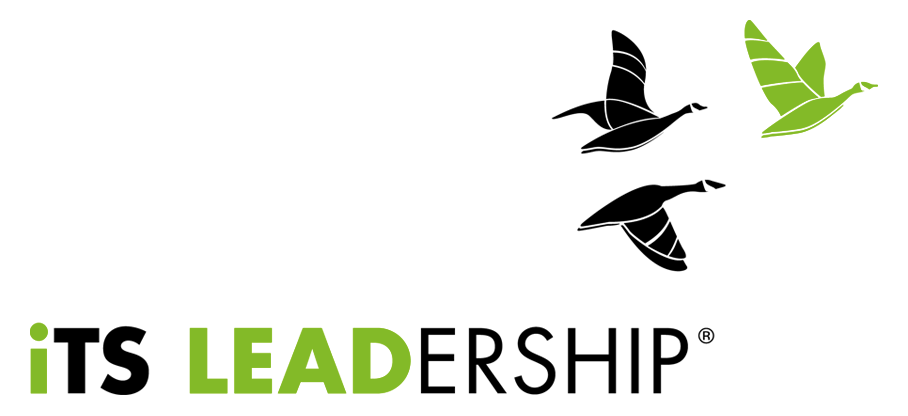“Diverse are the situations under which an officer has to act on the basis of his own view of the situation. It would be wrong if he had to wait for orders at times when no orders can be given. But most productive are his actions when he acts within the framework of his senior commander’s intent” – Von Moltke (the Elder), Berlin 1900
These words from a Prussian Field Marshal (courtesy of my colleague Tim), seem particularly appropriate at this time as we move into Phase Three of the COVID 19 pandemic, but I get the sense that many leaders are settling into the new normal with a false sense of security, rather than focusing on the important task of setting a framework of intent within which their team can operate.
Phase One was the initial shock of the virus taking hold, followed by the ensuing chaos and drama of lockdown. Phase Two brought the settled normalisation of working from home, adapting to new restrictions and a different rhythm. After Boris Johnson’s announcement on Sunday night, we are on the cusp of Phase Three.
Phase Three represents more VUCA – new uncertainty, new complexity and more ambiguity – as things become better defined, so it might be worth refreshing your memory on the content of VUCA. This Phase is likely to be the most unsettling – and therefore most challenging – stage to date.
Recognising the uncertainties

In a constantly changing situation, knowing whether to proceed or retreat is a continuous challenge
We have quickly got used to new routines and realised that the world is still turning, business is still active, perhaps slower than before or even – in some cases – busier than ever. But, as you will have heard me say many times before, our job as leaders is to be ‘in front’. As others settle into this time of relative calm, we must step forward into tomorrow, understand what Phase Three looks like and what pressures and opportunities it will bring.
Despite the Prime Minister’s statement, many of the details of Phase Three remain unclear. What’s more, if the pandemic threat level rises again, we will retreat back to Phase Two. Our job as leaders is to help our teams navigate the uncertainty ahead.
- Restrictions can be lifted and re-imposed in waves, responding to the rise and fall of the spread of the disease
- Many workplace doors will open but the working environment will look and feel very different. Flexibility will be required and some people may continue to work from home
- Society will feel unsettled, everchanging and unstable; people will want constant reassurance and guidance on what is acceptable or not, appropriate or not
- Some people will be relaxed about this, while others will be constantly on edge and fearful of what could happen, both for health reasons and from a work perspective
- Social distancing restrictions will remain in place for the foreseeable future; we must all remain 2m apart and the restoration of social norms is a long way off
- The virus has not gone away. It continues to spread, people will keep getting sick and deaths will occur
Setting a framework of intent
At such times of disquiet, leaders must be clearer than ever at communicating our Vision, Essence (Purpose), Culture and Values, together with any Direction messages about current specific objectives. If we do not do this, I guarantee we’ll be overwhelmed with requests for instruction or permission from our people, from the sublime to the ridiculous.
Here are four essential steps to setting a framework of intent:
- State your overall aim/purpose for your team – what is your why? E.g. to become the exemplar organisation for our customers
- What is your Vision or aiming point for the next half of the year? E.g. To accelerate the distribution of our product to those whose treatment has been disrupted
- What are your values for all to stick to? E.g. your company values
- What are your priorities? (the trick here is to tell people WHAT needs to happen and WHY, and leave the HOW to them) E.g. Because… We will… In order that/to…
As leaders it is not possible to keep on top of everything and, indeed, this should never be our aim. I always encourage leaders to let go until they feel uncomfortable and then let go even more! Follow this advice and you will empower your team to know how to make the right decisions themselves, in turn creating more space for you.
Readying your leadership team
To do this, you will have to rely on the talent and energy within your team. Much of this burden will fall to your first- and second-line leaders and you must ensure that they are prepared for it now.
This is not a switch that can suddenly be flicked on. You need to create the expectation, train and develop them where they and you see that they have gaps. You must demonstrate trust and begin to practise what you want to see tomorrow as soon as you can.
That means capturing rapidly actionable learning (for which After Action Review is the perfect framework) and developing your team (e.g. through leadership mentoring and leadership Masterclasses which we now do online).
If you need further help with setting a framework of intent, or have any other leadership enquiries, please get in touch. We’d love to help you and your teams grow your Profit and Smiles.
After all, iTS Leadership
Let’s start something new!
Get in touch with us today and take the first steps to transforming your business.

Recent Comments